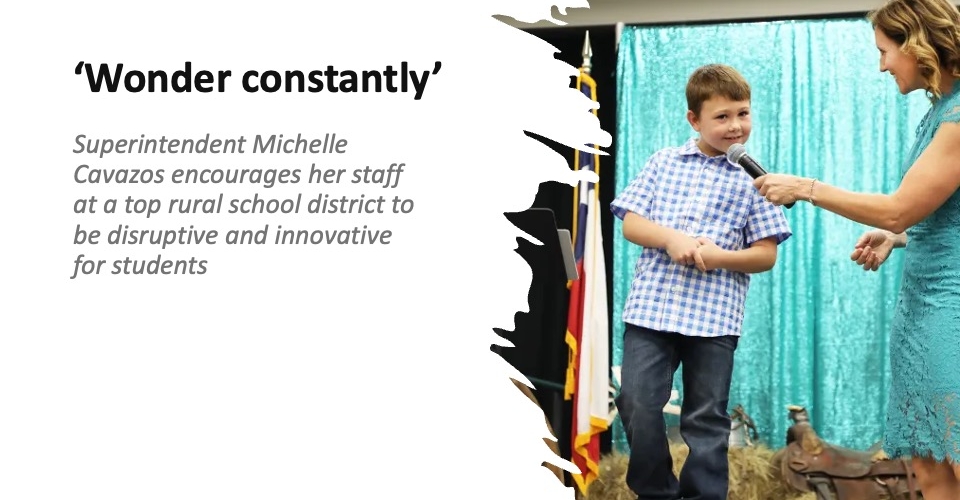Older students give their schools high marks for safety and respecting individual differences, but the overall grade falls to a B-minus where several other aspects of education are concerned.
Superintendents and their teams can be gratified that two-thirds of students in grades 5-12 graded their K12 experience with an “A” (22%) or a “B” (44%). But one in 10 gave their school a “D” or an “F”—and a lack of engaging instruction is one of the big reasons, according to the latest “State of American Youth” report card from Gallup and the Walton Family Foundation.
Schools were rated only a C+ for their ability to get students excited about learning. About the same—13% and 11%, respectively—gave their schools “A’s” and “F’s” in this category. Students also handed out C+’s for career preparation, mental health support and how educators accommodate different learning styles, the poll shows.
More from DA: Was a superintendent fired by her board over a social studies clash?
In comparison, more than 40% of students gave their schools “A’s” for safety and respecting who they are regardless of race/ethnicity, gender or identity. Still, these ratings broke along racial lines—only a third of Black students gave their school an A for making them feel respected, compared to 50% of White students and 53% of Hispanic students.
Students’ opinions of their schools are also linked closely with academic performance: Higher-performing students give educators higher grades. For example, six in 10 students earning excellent or good grades gave an A or a B for how their schools adapt to different learning styles. Only three in 10 students earning fair or poor grades gave the same high scores.

Authors of the survey questioned whether the grades were driven by the disruptions of the pandemic or longer-term, more entrenched issues.
“As the 2022-2023 school year wraps, schools earn less-than-perfect grades on many important aspects of students’ educational experiences,” the survey concludes. “Whether because of the challenges schools faced during three years of dire disruption to learning during the pandemic or longer-term issues, there is clearly room for improvement.”










